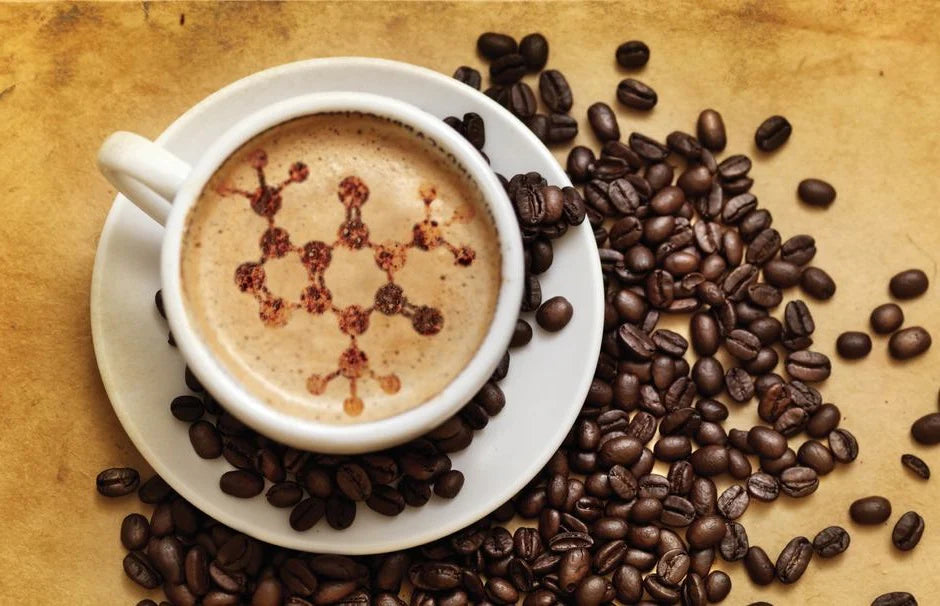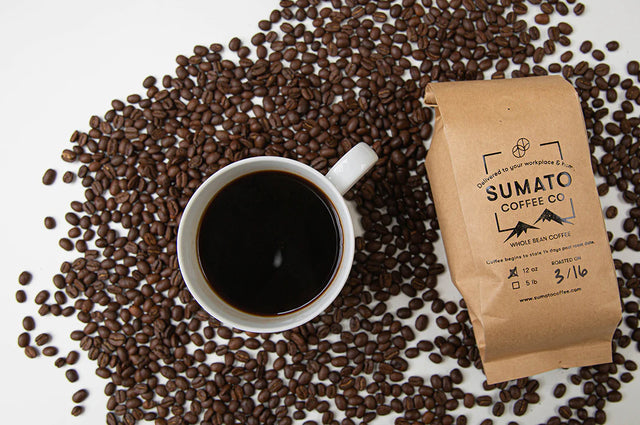Coffee is more than just a morning routine - it’s an interesting chemical symphony that helps wake us up. The journey from bean to cup involves chemical reactions that contribute to the rich flavors and smells we enjoy.
The Maillard Reaction
At the heart of coffee chemistry lies the Maillard reaction, a process that occurs when coffee beans are roasted. This reaction involves amino acids and reducing sugars, creating hundreds of aromatic compounds responsible for coffee’s distinct flavor profile. The Maillard reaction is similar to caramelization, but with a broader range of flavor notes, from nutty and caramel-like to earthy and smoky.
The Role of Caffeine
Caffeine, perhaps the most well-known component of coffee, is an alkaloid that stimulates the central nervous system. It’s the reason coffee provides that much-needed energy boost. Beyond caffeine, coffee contains other bioactive compounds like chlorogenic acids, which have antioxidant properties and contribute to the beverage’s slightly acidic taste.
What Happens During Brewing?
During brewing, water extracts soluble compounds from the ground coffee. The temperature and duration of brewing significantly affect the extraction process. Optimal brewing, typically between 195°F to 205°F, ensures a balance of flavors. Over-extraction can lead to bitterness, while under-extraction results in a weak, sour taste.
Conclusion
Understanding the chemistry behind coffee not only deepens our appreciation but also allows us to fine-tune our brewing techniques for that perfect cup. So, next time you sip your coffee, take a moment to savor the complex science that makes it all possible.


